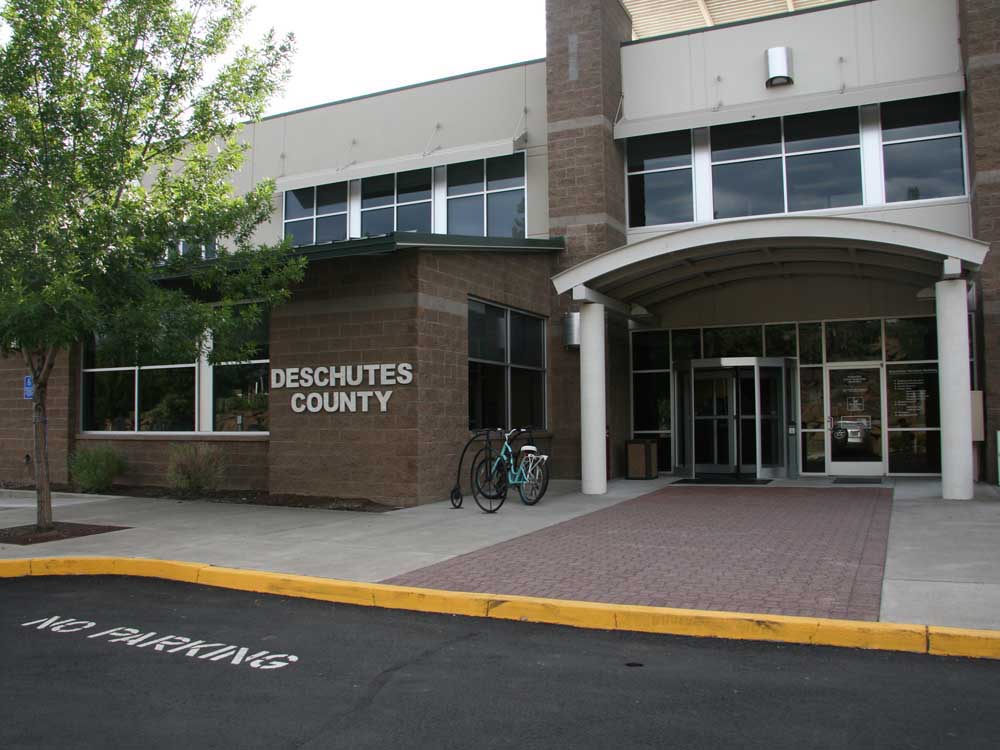Keeping an eye on the bouncing prices
Published 4:00 am Sunday, February 3, 2013
Jen Hughes used to have the time to hunt for online coupon codes and refresh her Web browser to see if the clothes she wanted had gone on sale yet. But after she had her first child, she said, trying to track e-commerce prices had to go.
“I spend my day chasing my daughter around, so I don’t have the luxury of sitting at my computer,” said Hughes, 29, of Reading, Mass. Many sites “have sales every other day, but I don’t have time to go on and see if the things I actually want have made it onto the sale yet.”
Now she doesn’t have to.
With retailers’ Internet prices now changing more often — sometimes several times within the space of a day — a new group of tools is helping shoppers outwit the stores. Rather than requiring shoppers to do the work by entering an item into price-comparison engines throughout the day, the tools automatically scan for price changes and alert customers when the price drops.
Some tools, including one from Citibank’s Citi Card, even scour sites for lower prices after a purchase and help customers get a refund for any price difference.
Websites that help shoppers compare prices and track online deals have existed as long as e-commerce itself. But rapid changes in pricing at many major retailers have made it more difficult for shoppers to keep on top of it all.
The research company Dynamite Data, which follows prices on behalf of retailers and brands, tracked hundreds of holiday products at major retailers in 2011 and 2012. During a two-week period around Thanksgiving, Amazon and Sears were changing prices on about a quarter of those products daily, a significant increase from the previous year. Wal-Mart, Toys “R” Us, Kmart and Best Buy also changed prices more frequently in 2012.
Even the Web browser a customer uses can make a difference. The website Digital Folio, which shows consumers price changes, did side-by-side comparisons of televisions. On Newegg using the Chrome browser, the firm was offered a $997 price on a Samsung television. Using Firefox and Internet Explorer, the price was $1,399.
The firm found a difference on another Samsung television model at Walmart.com, where using Firefox yielded a $199 price and Chrome and Internet Explorer $168.
“A lot of times the price will have a big difference on consumer behavior,” said Larry Freed, chief executive of ForeSee, which analyzes customer experiences.
‘Hukk it’
One of the new price-tracking tools is Hukkster, introduced last year by two former J.Crew merchants. It asks shoppers to install a “hukk it” button on their browsers. Then, when a shopper sees an item she likes, he or she clicks the button, chooses the color, size and discount he or she is interested in, tells Hukkster to alert him or her when the price drops, and waits for an email to that effect.
“We wanted a way to know, on a specific style we want, when it goes on sale,” said a co-founder, Erica Bell. Hukkster also looks for coupon codes that apply to specific items, so a J.Crew nightshirt that was originally $128 came out to $62.99 after a site markdown combined with a 30 percent discount code that Hukkster found.
Currently, Hukkster makes money from referral traffic — it is paid a fee when shoppers buy something via a link from its emails. The founders say they are approaching retailers about ways of working with them by, for instance, offering personalized discounts based on shoppers’ “hukks.”
“Retailers are forced to do, say, 30 percent off all sweaters when what they’re really trying to move is the green merino sweater. This provides them the option to do that on a one-to-one basis,” a co-founder, Katie Finnegan, said.
Hughes, the Massachusetts mother, “hukks” items in specific sizes and colors, and then waits for the notification, like one on a Boden sweater she recently bought for her daughter.
“Now, of course, I’m hukking everything under the sun, including diapers, which I don’t think is their target audience,” she said.
Other tracker options
Digital Folio charts the 30-day price history on electronics items at a number of retailers so shoppers can see not only where the lowest price is, but also whether that price might go lower still.
Rather than coming back to the site each time they want to check a product, shoppers can use Digital Folio as a sidebar in the browser. As a shopper pokes around Amazon’s electronics section, for example, the sidebar lists live comparison pricing for the products.
Alerts can give shoppers a competitive edge, said Patrick Carter, president of Digital Folio. He gave the example of a Nikon L26 camera: Amazon was out of stock, but at 10 p.m. one evening, it got the cameras back in stock at a reduced price. By the next morning, Amazon was out of stock again. “You get the alert and you get in on the feeding frenzy,” he said.
Decide.com, which offers price alerts and predictions about where prices are going, recently introduced a price guarantee. If shoppers become a Decide.com member for $4.99 a month and follow Decide’s recommendations to buy something, Decide will refund the difference if it finds a lower price within two weeks of the purchase.
Retailers generally appreciate the sales traffic generated by the tracking tools and do not try to block them even if that means some customers will reap extra discounts.
In some cases, retailers are even changing their practices to adapt to the new landscape. Target, for example, announced this month that it would match prices from online competitors like Amazon, extending a promotion it tried during the holidays.
Even banks see a potential role for themselves as price monitors. Citibank recently added a feature to its consumer credit cards that gives customers a refund when it finds a lower price on an item within 30 days of purchase.
“Everyone can relate to the buyer’s remorse of buying an item and seeing it for a lower price a day or a couple of days later,” said Jud Linville, chief executive of Citi Cards.
For Citi, the idea is to get consumers using their Citi cards rather than competitors’ cards on big purchases, Linville said. Consumers must register the purchase online, and there is a long list of exclusions (live animals don’t qualify, nor do antiques, boats or airline tickets).
The price difference must be $25 or more, and Citi searches the retailers’ sites itself. When Citi finds a big enough difference, it emails the consumer, asks for a receipt and then mails a check for the difference.
Linville said about a quarter of purchases over $100 that had been registered so far got a refund, and almost 40 percent of those over $1,000. Some eligible items included a Whirlpool washer, a DKNY suit and a Canon Rebel camera. On average, said a Citi spokeswoman, those who register items get back $80 an item.
While those budget-conscious shoppers are clearly interested in buying, they may not be the type of long-term customers that retailers want to cultivate, said Freed of ForeSee.
Shoppers who are not price-sensitive, he said, “are the consumers they really want, that they can build loyalty out of — not the consumers that are strictly taking a deal.”






